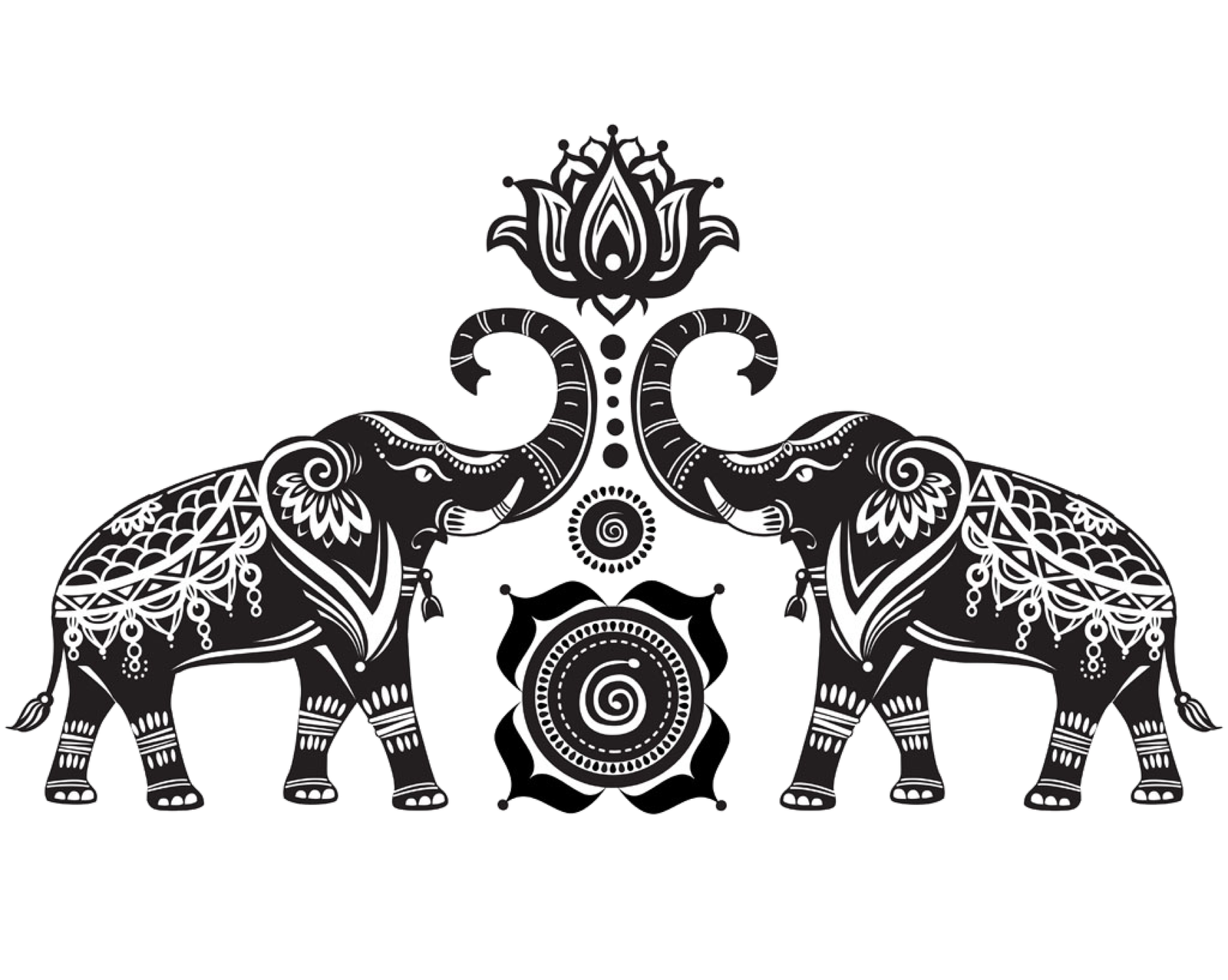Fungus Neurospora Crassa formed a lifting of a living construction material
Vim Wan Agand/Science Photo Library
The fungi and bacteria can be part of a living construction material a day that is capable of growing and repairing itself.
As one of the great challenges faced by the world, we try to reduce waste and greenhouse gas emissions are getting more sustainable construction materials. The total human-based greenhouse in the manufacture of concrete is more than 5 percent of the gas emissions.
Some researchers are expected to develop living materials from cells, which have desirable features such as being capable of self-renovation, repair and photosynthesis. There are many strong, mineral structures in living organisms – such as bone and coral.
Chelsea Heaven Montana State University and their colleagues tested whether a similar mineral structure could be created around the scaffolding of the fungal mycellium. Mycelium is a network of filaments with micro, branches that form most of the fungi.
Havaran and his team grown a mycellium scaffold using a species of fungi Neurospora craca, Then applied bacteria Sporosarasina pasteuri For scaffolding.
Urea was metabolized in the form of fungi and bacteria, they formed a rigid structure made of calcium carbonate, which was found in eggs and the same compound found in the sea shore.
She says that the team inspired the bone, in which biometrics are formed on a scaffold of collagen and other proteins. “The bone is incredibly strong and strict how light it is,” heavran says.
Other living materials made in the lab have survived only for a few days, but the structure developed by Heleversion and its colleagues was viable for at least a month.
“We are excited about our results and are more complex and large structures ready for engineering,” says Heaven. “When viability is sufficiently higher, we can actually begin to provide permanent biological characteristics for the material that we care, such as self-healing, sensitive or environmental treatment.”
“The proposal of mycellium as a scaffolding medium for living material is a simple but powerful strategy,” says Isu Kuru At the University of Sydney.
Subject:
(Tagstotransite) content



